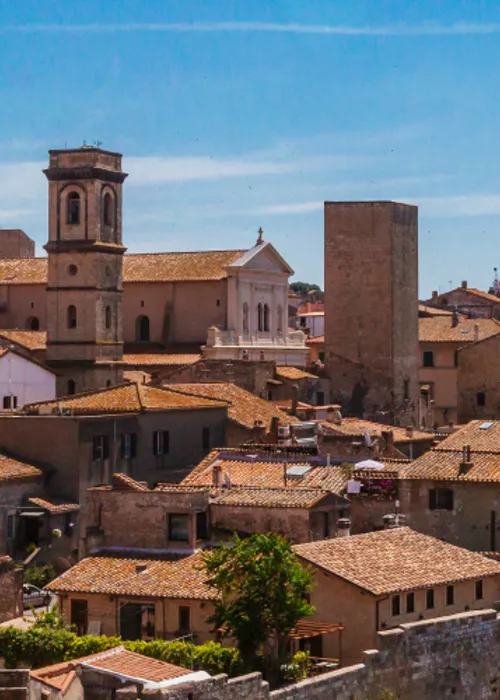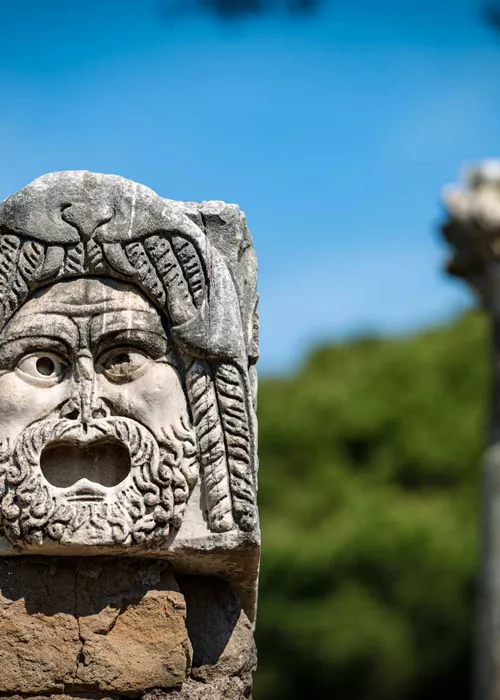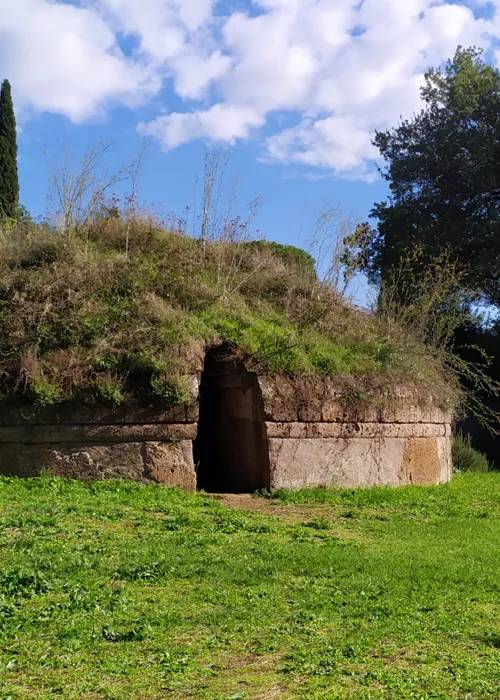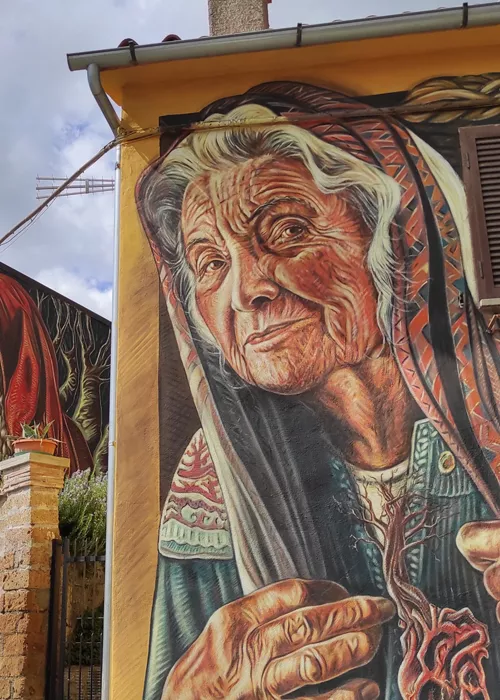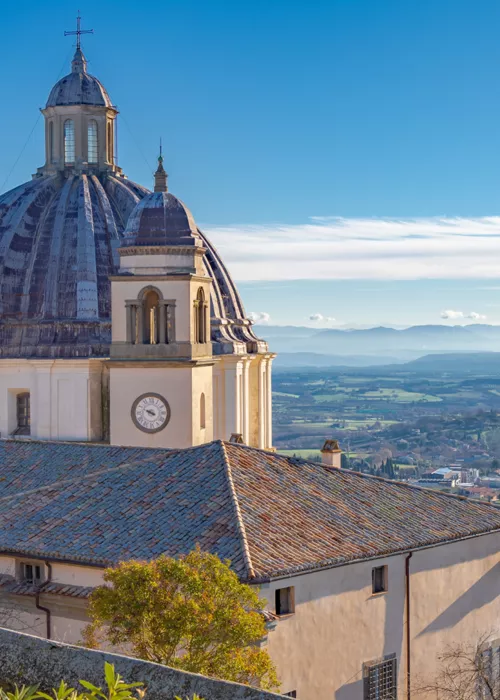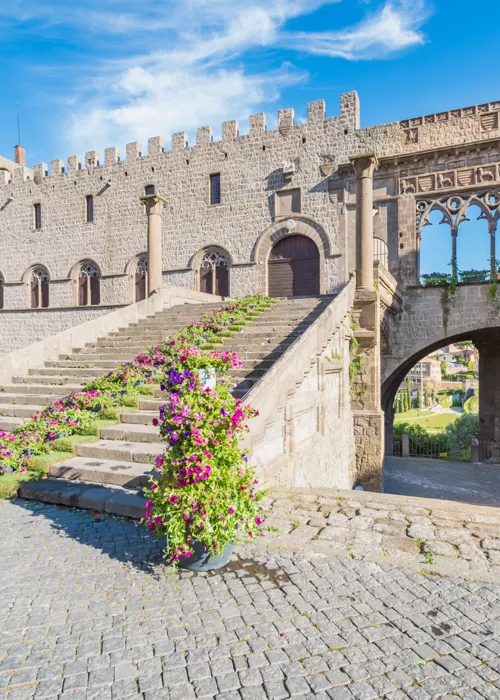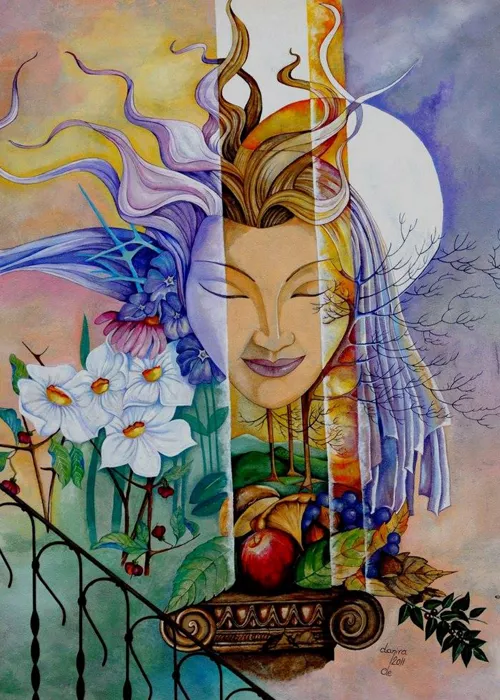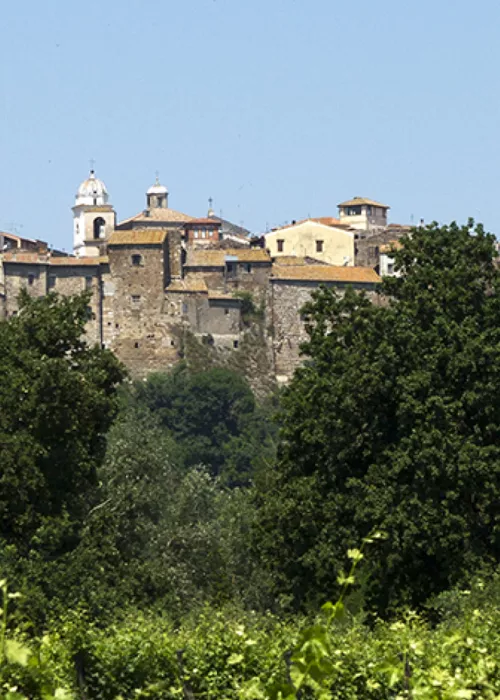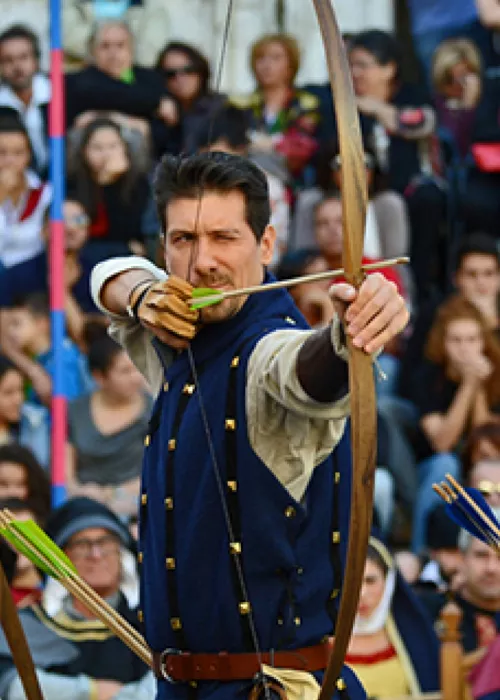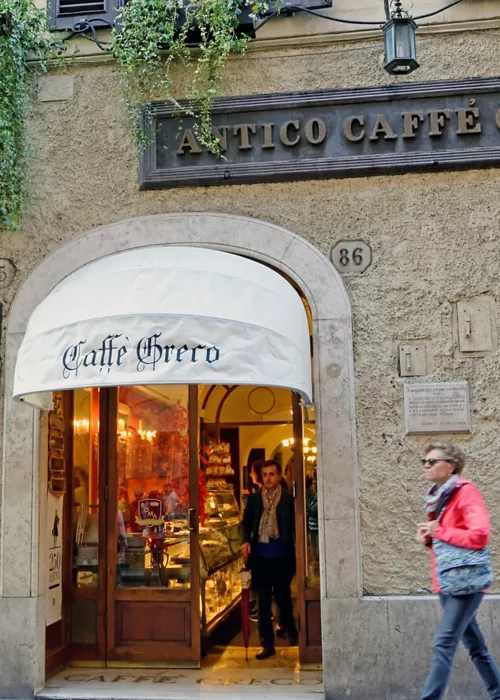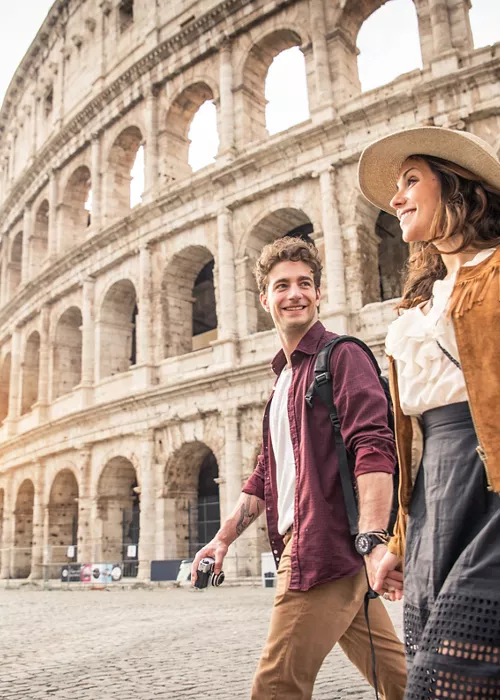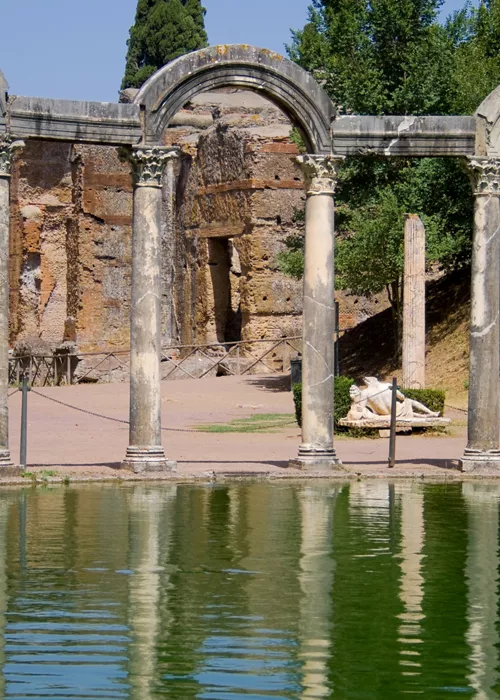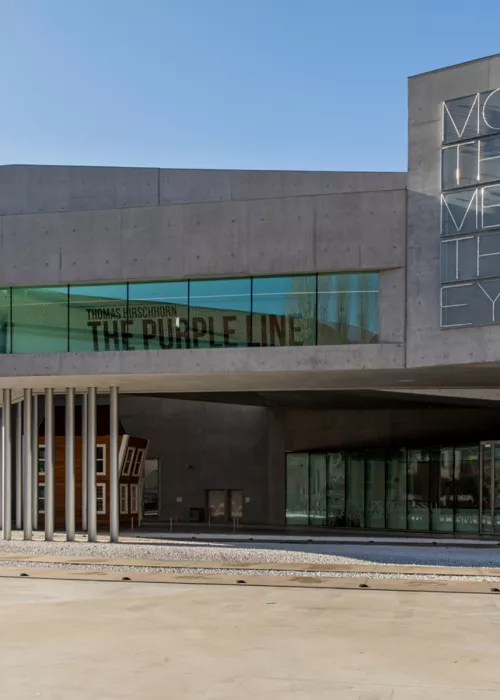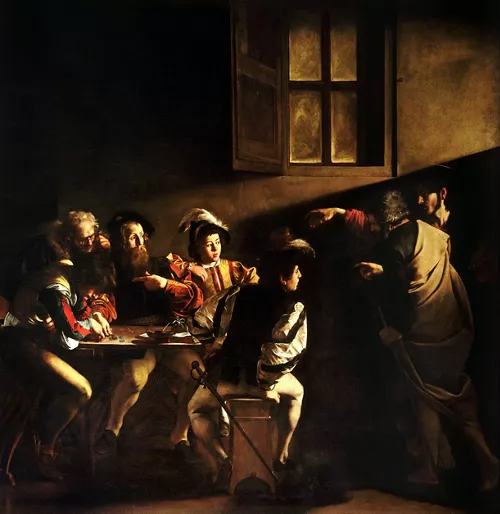Tarquinia: discover the Middle Ages
3 minutes

Tarquinia has always been known as a UNESCO World Heritage site. But perhaps not everybody knows that the town's medieval origins are truly unique, making it the ideal destination for visitors wanting to discover the beauty of two different eras in a single city. From the Church of St James to the Church of St Mary in the Castle: 4 iconic buildings to see in medieval Tarquinia.
Church of St James: non-conformist nuns and breathtaking scenery
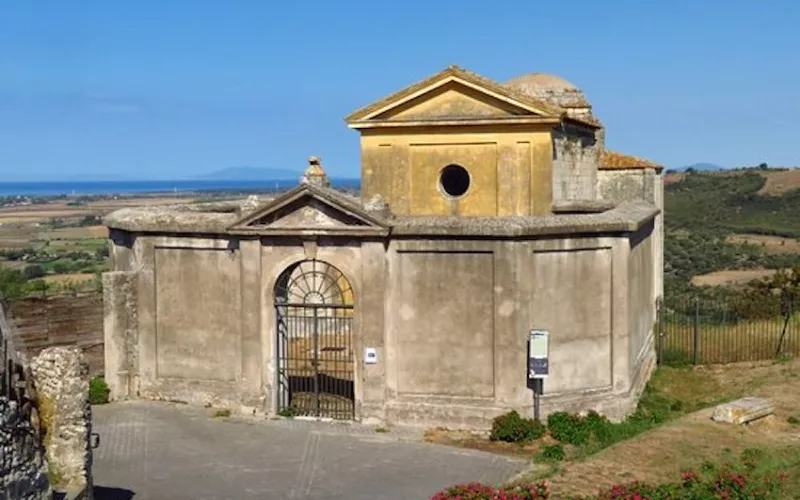
Looking for a fantastic vantage point to view the romantic landscape of Tarquinia? Start from the Church of St James. Built in the 12th century, the church was soon annexed to a convent of nuns of questionable conduct, who soon ended up being expelled.
After a short spell as a cemetery, the church found a new calling as a venue for local cultural events. Another thing not to be missed is the dome, of evident Arab derivation, which makes the church unique in this area.
With fields stretching endlessly into the horizon, unforgettable sunsets and a fascinating medieval history, this is the perfect spot for a full immersion into the unspoilt tranquillity of Tarquinia.
Church of the Saviour, simplicity and beauty
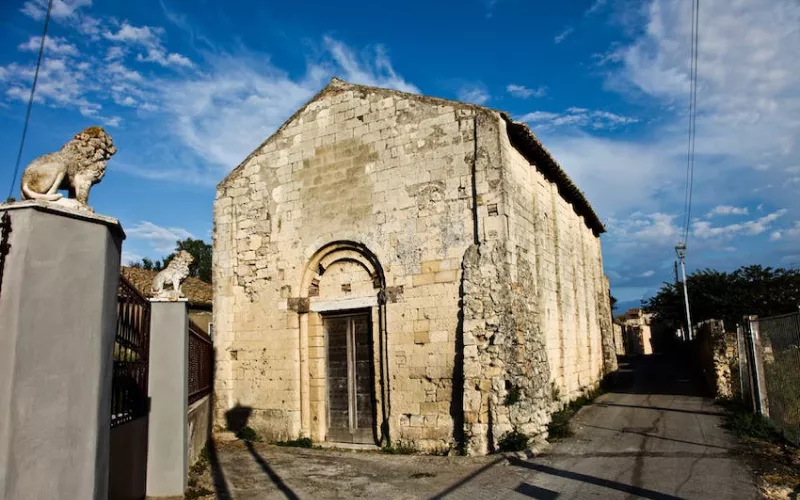
On the cliffs of the town, you can glimpse a miniature medieval marvel: the Romanesque Church of the Saviour.
The simple construction of this church, which dates back to the 12th century, represents the devotion of the locals, who kept the congregation alive even when the church was abandoned by the clergy.
A linear façade without a rose window leads to a more elaborate apse, where Lombard elements alternate with Pisan decorations, such as the fascinating moulded lozenges.
It's worth taking the time to enter the church to admire a real masterpiece: the fresco depicting the “Saviour enthroned among the angels”. Looking at the painting, you may be lost in awe: the magnificent colours and the striking contrast between the richly-decorated apse and the bare walls create a dazzling sight, which explains why the people are so fond of this hidden gem.
Resecata, much more than a fortress
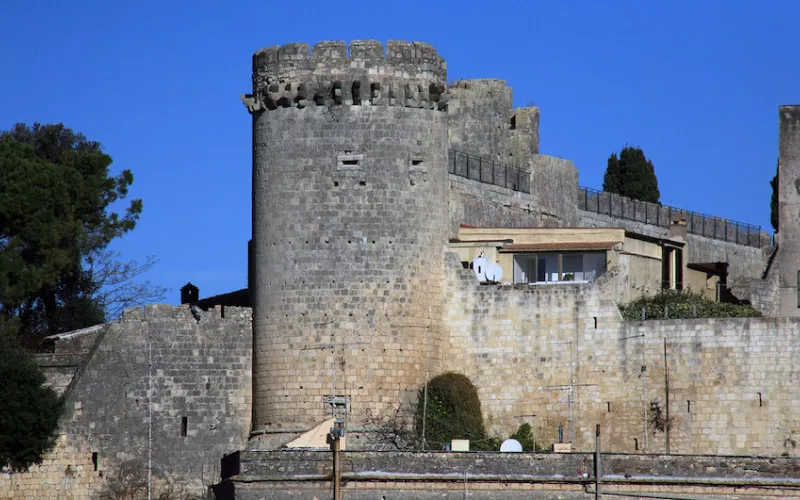
Although it may be misleading, this imposing defensive barrier isn't a sign that we are about to visit the castle, but that we are about to leave the city.
The Resecata is merely the frame of a very beautiful painting, with a castle in the centre the undisputed protagonist of the scene, and in the background an authentic medieval history worthy of discovery and admiration.
It is thought that the construction of the Resecata began in 1437:the citizens felt in danger and the castle, which until the 15th century was the social and religious centre of ancient Tarquinia, was even less safe. From the middle of the 1600s the fortress, seen as a building external to the city, fell into disuse. However, there remained a curious custom: anyone who declared themselves bankrupt would have to utter a particular phrase in the central square of the town and then hit their buttocks three times against a pillar before being banished outside the walls to the Castle, to serve their punishment.
The Church of Santa Maria in Castello, a symbol of the city's power
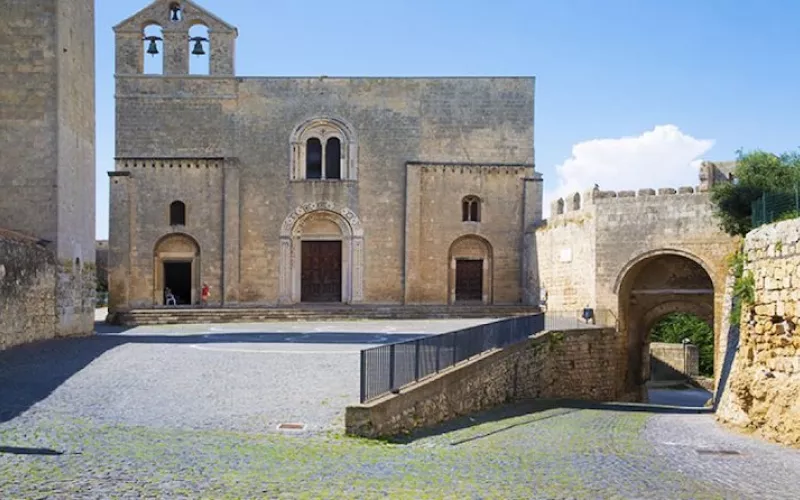
In the place originally known as Corneto, the old city of Tarquinia, stands the majestic Church of St Mary in the Castle.
If you do come to Tarquinia, you simply cannot miss a visit to this outstanding example of medieval architecture, where time seems to stand still. With the imposing bell tower and inscriptions inside, this church bears witness to the passing centuries and adds a particular charm to the city. Inside, visitors can admire a number of marble decorations with inscriptions that bear witness to the presence of the Etruscans, the Romans, and even the Greeks.
The church is the most iconic religious building in the area: standing tall and watchful in a strategic location that looks down over the valley below, it can also be seen from the coast thanks to its tower, a symbol of the city's power.
In the mid-15th century, at the same time as the Resecata, the church fell into disrepair. It was thus transformed first into lodgings for recovering soldiers and then, during the periods of French occupation in the 19th century, as a shelter and stable for the troops' horses.
Visitors who love to read about and experience the ups and downs of Tarquinia's history certainly won't want to miss this fascinating stop.


